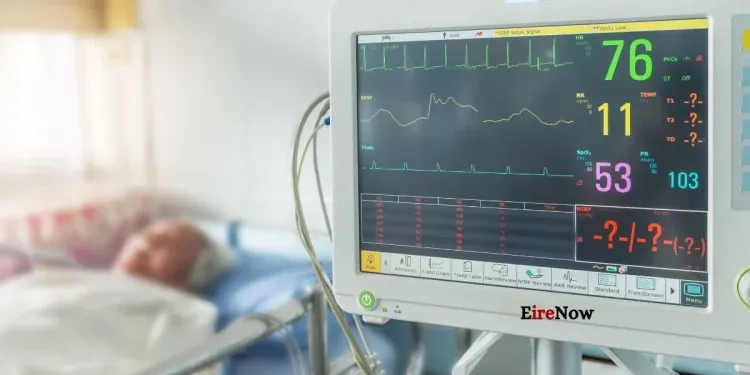DUBLIN, IRELAND – New figures released by the Health Service Executive (HSE) reveal a persistent and concerning crisis of delayed patient discharges in Irish hospitals, with dozens of medically fit patients remaining hospitalized for over six months due to a critical lack of suitable care placements in the community.
The data exposes significant pressure on the healthcare system, illustrating how a breakdown in community and long-term care infrastructure is directly fueling hospital overcrowding.
The Stark Figures
The scale of the “delayed discharge” problem, where patients are ready to leave the acute hospital setting but have nowhere to go, is revealed in the following breakdown:
- Extreme Long-Term Delays (Over 7 Months): Up to 27 patients have been “languishing” in hospital beds for more than seven months after being declared medically fit for discharge.
- Crucially, eight of these individuals have been hospitalized for over a year.
- Significant Delays (4 to 6 Months): An additional 47 discharged patients were forced to remain in hospital for a period ranging from four to six months.
These delays consume valuable acute hospital beds that are urgently needed for patients arriving via Emergency Departments, contributing directly to trolley numbers and long waiting times.
A Systemic Failure
The primary cause for these delays is consistently identified as a lack of capacity in the community and residential care sectors, including:
- Home Support Services: Insufficient home care packages to safely transition patients back to their own homes.
- Residential Care: A shortage of available nursing home beds or delays in processing funding under the Fair Deal scheme.
- Rehabilitation: A lack of appropriate step-down and rehabilitation facilities.
Health advocates argue that referring to these individuals as “bed blockers” is inaccurate, stating that they are, in fact, “prisoners of the system,” trapped by bureaucratic delays and a failure to plan for the needs of an aging population.
The ongoing struggle to transfer these patients out of acute hospitals has a detrimental impact on their health, leading to deconditioning, increased risk of hospital-acquired infections, and significant distress for patients and their families.






